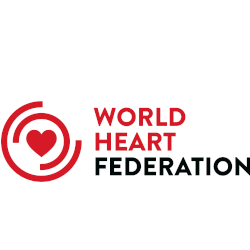Original Research
Opportunistic Screening for CVD Risk Factors: The Dubai Shopping for Cardiovascular Risk Study (DISCOVERY)
Abstract
Background: Comprehensive cardiovascular disease risk factor (CVDRF) screening programs are limited in the developing world. Simplifying screening can increase its utility.
Objectives: The present study aims to estimate the burden of CVDRF in volunteers and the yield of newly discovered CVDRF comparing different sites and nationalities using this screening method.
Methods: Voluntary point-of-care CVDRF screening was conducted in 4 shopping malls, 9 health care facilities, and 3 labor camps in 5 cities in the United Arab Emirates. Follow-up for newly diagnosed diabetes mellitus, hypertension, and dyslipidemia was made 1 month after screening to inquire about physician consultation, confirmation of diagnosis, and lifestyle changes.
Results: A total of 4,128 subjects were screened (43% at malls, 36% at health care facilities, and 22% at labor camps). Subjects were relatively young (38 ± 11 years), predominantly male (75%), and of diverse nationalities (United Arab Emirates: 7%, other Arabs: 10%, South Asians: 74%, other Asians: 5%, and other nationalities: 5%). CVDRF were frequent (diabetes mellitus: 32%, hypertension: 31%, dyslipidemia: 69%, current smokers: 21%, obesity: 20%, and central obesity: 24%). Most subjects (85%) had ≥1 CVDRF, and many (17%) had ≥3 CVDRF. A new diagnosis of diabetes mellitus, hypertension, or dyslipidemia was uncovered in 61.5%, with the highest yield (74.0%) in labor camps. At follow-up of those with new CVDRF, positive lifestyle changes were reported in 60%, but only 33% had consulted a doctor; of these, diagnosis was confirmed in 63% for diabetes mellitus, 93% for hypertension, and 87% for dyslipidemia.
Conclusions: In this relatively young and ethnically diverse cohort, CVDRF burden and yield of screening was high. Screening in these settings is pertinent and can be simplified.


